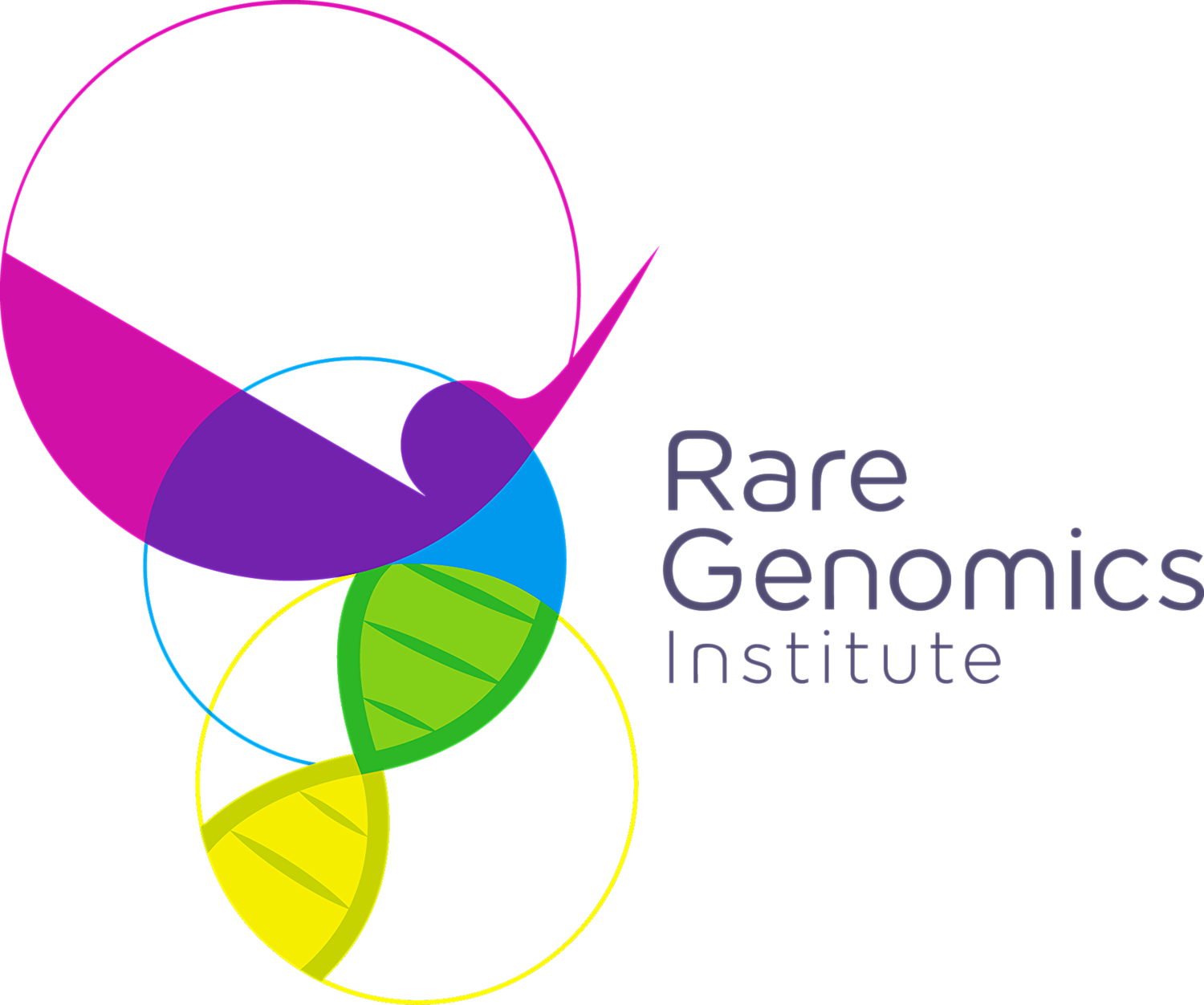Rare Genomics Institute Announces Winners of BeHEARD (Helping Empower and Accelerate Research Discoveries) Rare Disease Challenge
/Washington, D.C. June 21, 2017. The Rare Genomics (RG) Institute is delighted to announce the winners of the 2017 BeHEARD (Helping Empower and Accelerate Research Discoveries) science challenge, a global competition that offers rare disease researchers, who traditionally have difficulty attracting funding, grants of the latest life science innovations and technologies. This unique crowdsourced biotechnology competition allows companies to contribute their technology to make a difference for the rare disease community.
“This year alone, the competition received hundreds of outstanding quality submissions on 84 rare diseases, coming from 94 universities and foundations located in 20 different countries", said Danielle Fumagalli, BeHEARD Director. “Over $750,000 worth of cutting-edge technologies were awarded to study 23 rare diseases globally.”
Rare diseases affect more than 300 million worldwide, yet less than five percent of the 7,000 known rare diseases have treatments available. The winning scientists from BeHEARD 2017 will use their awards to potentially yield key medical research insights on rare diseases and have profound impact on therapeutic developments for patients.
One example is a mouse model, sponsored by Taconic Biosciences, that was awarded to Dr. Teresa Luperchio at Johns Hopkins University. This technology grant will allow her lab to test therapy options for a subtype of Kabuki syndrome, a rare disease characterized by facial deformities, growth deficiency, and intellectual disabilities. There are currently no effective treatments, and testing in the Taconic mouse model will be one of the last steps before the first-ever clinical trials for a treatment.
Winners of previous BeHEARD contests have already used the technologies to make novel discoveries. Dr. Roser Urreizti of the University of Barcelona was awarded genetic sequencing services in last year’s BeHEARD competition for her work on Opitz C Syndrome, a condition in which the skull is a triangular shape and patients suffer from mental retardation and loss of muscle tone. Using the technology, Dr. Urreizti says, “We have identified the disease-causing mutation. We have already started functional studies for every one of the genes associated with the diseases. None of them had been previously associated with Opitz C syndrome. We hope we will be able to test therapeutic approaches (molecular chaperones) in one year. We have started a collaboration to test selected FDA approved drugs on a patient's cells in a search for therapies once the functional studies confirm the relation between the mutation and the disease.”
In the 2018 BeHEARD Challenge, in addition to BeHEARD’s usual competition open to all rare disease proposals, Rare Genomics will collaborate with the INADcure Foundation to support the development of treatments for INAD (Infantile Neuroaxonal Dystrophy) by awarding $100,000 in INAD Discovery Grants specifically for research on the disease.
INAD is a storage disorder where accumulation of lipids in nerve endings causes progressive damage. The symptoms of INAD usually start to appear between the ages of 6 months and 2 years. A common pattern in young children is the steady loss of previously acquired skills, and mental and physical ability. Most children with INAD do not survive beyond the age of ten, and there are currently no effective treatments for the disease, although there has been some promising initial research. “BeHEARD and INADcure hope that by offering the Discovery Grants, we may be able to increase research on INAD. INAD has good potential for treatments, but has had difficulty attracting research and funding due to the relatively low number of sufferers,” says Ms. Fumagalli.
“We want to congratulate the winners and thank everyone who participated: our sponsors, the reviewers, and all the applicants, and we invite everyone to participate again in our upcoming BeHEARD challenge,” noted Dr. Arvin Gouw, Rare Genomics Vice President for Research & Development. “We at INADcure foundation are thrilled to work with Rare Genomics on the next BeHEARD challenge focusing on Infantile Neuroaxonal Dystrophy,” said Leena Panwala, INADcure President and Founder.
A full list of 2017 BeHEARD winners can be found on the RG website: http://www.raregenomics.org/contest-updates
For more information about the BeHEARD challenge, please visit: http://www.raregenomics.org/beheard-competition/
2016/2017 BeHEARD Technology Sponsors: Taconic Biosciences Biovista The Jackson Laboratory Cyagen DNA Software Collaborative Drug Discovery Addgene SnapGene Charles River
More information on INADcure Foundation: http://inadcure.org/
About the Rare Genomics Institute Rare Genomics is an international 501(c) 3 non-profit that makes cutting edge research technologies of genome sequencing, physicians and scientists around the world accessible to rare disease patients. Rare Genomics helps families source, design and fund personalized research projects for diseases not otherwise studied helping rare disease patients find hope for a cure. By providing an expert network and an online crowdfunding mechanism Rare Genomics works alongside patients and their families, providing them with the necessary tools, knowledge, and connections so that they can better understand the cause of their disease.
For further information on Rare Genomics, please visit http://www.raregenomics.org.













